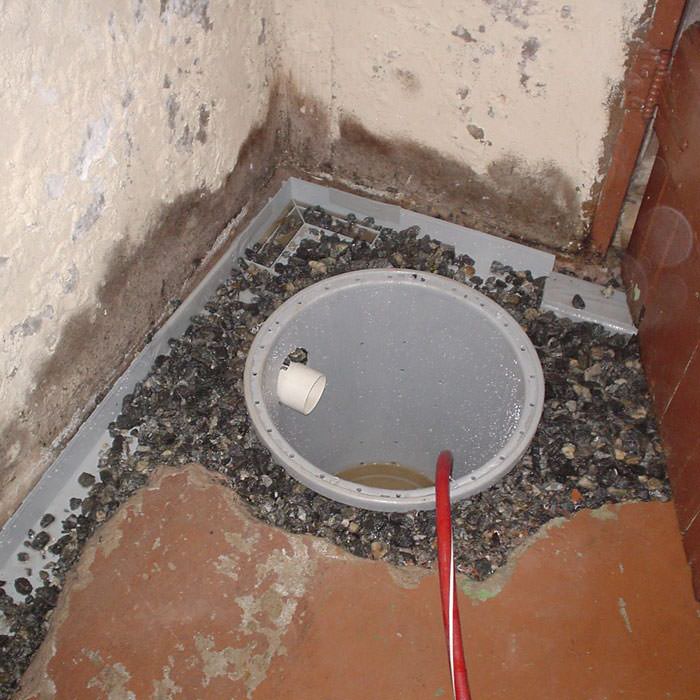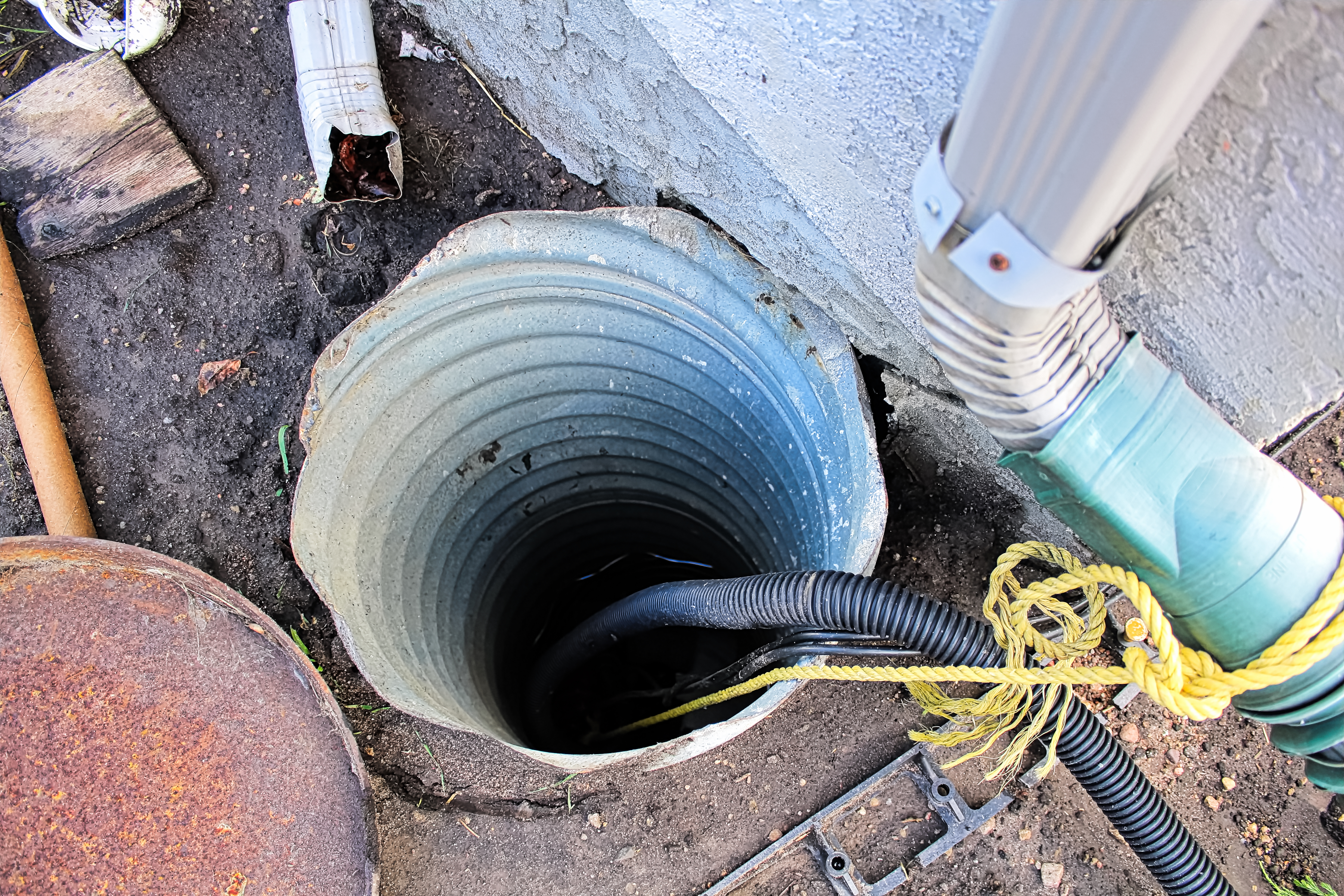Step-by-Step Tips for Maintaining Your Sump Pump
Step-by-Step Tips for Maintaining Your Sump Pump
Blog Article
The publisher is making a number of great pointers regarding Cleaning & Maintenance Tips for Your Home's Sump Pump as a whole in this great article below.

Sump pumps are crucial parts in lots of homes, specifically in areas prone to flooding or excessive dampness. They assist stop water damage by effectively removing excess water from basements or crawl spaces. However, like any other appliance, sump pumps need normal upkeep to guarantee they function properly when needed one of the most. Cleansing your sump pump is a crucial part of its upkeep, and recognizing just how to do it appropriately can conserve you from costly repair work and prospective catastrophes.
Intro
Preserving a tidy sump pump is essential for its correct performance and long life. Neglecting this important task can lead to clogs, breakdowns, and inevitably, water damages to your property. Therefore, finding out exactly how to clean a sump pump is crucial for homeowners that depend on these tools to maintain their basements completely dry and protected.
Indicators of a Dirty Sump Pump
Understanding when your sump pump requires cleaning is crucial for protecting against prospective breakdowns. Some common indicators that indicate a filthy sump pump consist of unusual sounds throughout operation, minimized water circulation, and visible debris in the pit. If you observe any one of these signs and symptoms, it's essential to clean your sump pump promptly to avoid any further issues.
Preparing for Cleansing
Before you start cleaning your sump pump, it's vital to take some security precautions. Beginning by shutting down the power to the pump to prevent any kind of electrical crashes. Additionally, use proper protective equipment, such as gloves and goggles, to secure yourself from dirt, debris, and prospective microorganisms.
Comprehending the Sump Pump
Before diving right into the cleaning procedure, it's vital to have a standard understanding of how a sump pump works. Typically installed in a pit or container below the basement floor, a sump pump includes a number of crucial components, including a pump, a float switch, and a discharge pipe. When water gathers in the pit, the float switch activates the pump, which then pumps the water out through the discharge pipe, far from the building's foundation.
Detailed Guide to Cleaning a Sump Pump
Shutting down the Power
Begin by disconnecting the power supply to the sump pump to stop any type of accidents while cleaning.
Looking For Appropriate Functioning
Before re-installing the pump, do a fast test to make certain that the float switch activates the pump appropriately. Pour some water into the sump pit and observe the pump's procedure. If whatever is operating appropriately, you can reconstruct the pump and reconnect the power supply.
Getting Rid Of Particles and Dust
Utilize a bucket or an inside story to remove any kind of visible particles, dust, or sediment from the sump pit. Dispose of the particles effectively to prevent it from obstructing the pump or the discharge pipe.
Cleansing the Pump and Drift Switch
When the pit is free from particles, carefully get rid of the pump from the pit. Inspect the pump and the float switch for any type of signs of damage or wear. Make use of a soft brush or towel to cleanse the surfaces and eliminate any type of accumulated crud.
Purging the System
After cleaning the pump and float button, purge the sump pit with clean water to eliminate any kind of staying dust or debris. This will help make sure that the pump runs efficiently and successfully.
Maintenance Tips to Keep Your Sump Pump Clean
In addition to periodic cleaning, there are several maintenance suggestions you can follow to keep your sump pump in optimal condition:
Verdict
Cleaning your sump pump is a crucial element of its upkeep and guarantees that it runs efficiently when you require it one of the most. By complying with the actions described in this guide and integrating normal maintenance into your regimen, you can expand the life-span of your sump pump and shield your home from water damages.
6 STEPS ON HOW TO CLEAN A SUMP PUMP PROPERLY
UNDERSTANDING SUMP PUMPS
Your sump pump plays a crucial role in protecting your home by managing and removing excess water. It primarily functions as a “shield”, guarding your basement against the damaging effects of water accumulation. The pump is housed in a sump pit in the lowest part of your basement, and its job is to pump out any water that collects there.
During heavy rainfalls or when snow melts rapidly, water can infiltrate your basement, posing potential risks like flooding, structural damage, and harmful mold growth. Here, the sump pump springs into action, pumping out the intruding water and directing it away from your home.
SAFETY FIRST
Before cleaning, remember to prioritize safety. Disconnect the sump pump from the power source to prevent any accidental electric shocks. Also, wear sturdy gloves to protect your hands from any sharp or dirty components within the pump.
REMOVE THE SUMP PUMP
After ensuring your safety, the next step is to remove the sump pump from its pit. Doing this might require careful maneuvering as you don’t want to damage any pump components. Once removed, clean the sump pit to remove any accumulated debris or sludge.
INSPECT THE PUMP
Inspect the pump for any visible signs of wear or damage. Check the power cord, float switch, and impeller housing. If any components look worn out or damaged, consider replacing them to ensure optimal performance.
CLEAN THE PUMP
Thoroughly clean the pump with warm, soapy water. Make sure to rid it of any dirt, gravel, or other debris that might impede its performance. You can use a toothbrush to clean the small, hard-to-reach parts of the pump.
REINSTALL THE SUMP PUMP
Reinstall the pump into the sump pit Make sure it’s positioned correctly to remove the water effectively Once it’s back in place, reconnect it to the power source TEST THE PUMP
Finally, pour some water into the pit to ensure the pump works correctly. It should start automatically and begin pumping out the water; if it doesn’t, check the power source and the positioning of the pump.
Remember, while cleaning your sump pump is an essential part of home maintenance, hiring a professional plumber for a thorough inspection and cleaning at least once a year is also important. This will ensure that your pump is in optimal condition, ready to protect your home from potential water damage.
BEST PRACTICES FOR CLEANING SUMP PUMP DISCHARGE PIPES
Regular Inspection: Regularly inspect your discharge pipes, especially during heavy rainfall or snowmelt periods. Look for any signs of blockage or damage. Early detection of problems can prevent serious issues down the line. Periodic Cleaning: Over time, sediment and debris can accumulate in the discharge pipes, impeding the flow of water. Regular cleaning helps keep the pipes clear and functioning efficiently. You can use a high-pressure water jet to effectively clean the pipes. Insulation During Winter: In colder climates, discharge pipes can freeze, blocking the outflow of water. Protect your discharge pipes from freezing temperatures by insulating them with foam pipe insulation. This will ensure the sump pump can continue to discharge water even in freezing conditions. Proper Positioning: The discharge pipe should be positioned to direct water away from your home’s foundation. Improper positioning can lead to water seeping back into the basement. Ensure the pipe is long enough and angled correctly. Installation of a Check Valve: A check valve prevents water from flowing back into your sump pit after the pump has pushed it out. Installing a check valve helps maintain the efficiency of your sump pump and reduces the risk of flooding. Minimize Pipe Turns: Every curve or turn in the discharge pipe can decrease the efficiency of water flow. By minimizing turns and bends in your discharge pipe, you can increase the efficiency of your sump pump. https://www.fullspeedplumbing.com/how-to-clean-a-sump-pump-properly9999/

I'm very involved in Steps to Cleaning Your Sump Pump Properly and I am assuming you enjoyed the new post. Do you know somebody who is excited about the topic? Why not share it. We treasure reading our article about Keep Your Sump Pump Clean, It'll Keep You Dry.
Automated Marketing Report this page